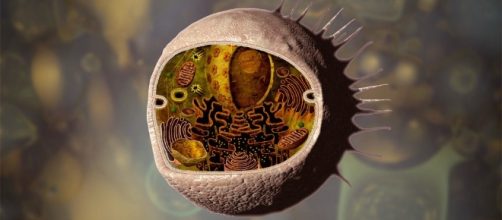A recent study has found some answers on why do mitochondria- the organelle that supplies most of a cell´s chemical energy, have their own DNA. It was believed that mitochondria were once single and independent celled organisms until they were incorporated into larger cells. It´s also believed that once mitochondria were swallowed by bigger cells, they engaged into a mutual and beneficial relationship that allowed them to evolve into more complex kinds of life.
Mitochondria
This is a double membrane organelle that is found in all eukaryotic organisms.
This organelle generates most of a cell´s adenosine triphosphate (ATP), which is the source of a cell´s chemical energy. Apart from supplying a cell´s energy, mitochondria is in charge of a cell´s growth, differentiation and cycle. The number of mitochondria in a cell can vary depending on organism, tissue and cell type. While red blood cells have no mitochondria, liver cells may have a few thousand.
Origin and evolution of mitochondria
There exist two hypotheses explaining the origin of mitochondria; the endosymbiotic theory and the autogenous theory. The first one states that mitochondria were prokaryotic cells that efficiently experienced oxidation processes which eukaryotic cells were not capable of performing.
The two types of cells became endoxymbionts, with mitochondria living inside the eukaryote. Over time, this mutually beneficial relationship evolved into more complex life forms, such as plants and animals.
Mitochondria genes moved into the nucleus
Over time, the Mitochondrial Genome has been minimized. While in a human, the mitochondrial genome comprises only a few dozen genes, a cell´s nucleus contains more than 2000 genes. It´s believed that mitochondrial genes have moved into the nucleus, over the years; however, the question arises when considering that even though the genes are able to relocate, they are still found in the mitochondria, on which mutations of genes can lead to diseases that affect the brain, the heart and other important organs.
Technique
This included the modeling of varied types of mitochondrial genomes, including those of animals, fungi, plants and protists (amoebas). The evolutionary path of these distinct types of genomes was tracked down, creating an algorithm that permitted to calculate the probabilities that recombinations of genes would be lost at specific times during their evolution. The algorithm is capable of analyzing when individual traits vanish or appear during periods of time. It´s hoped that the model results effective at predicting the progressions of disease.

